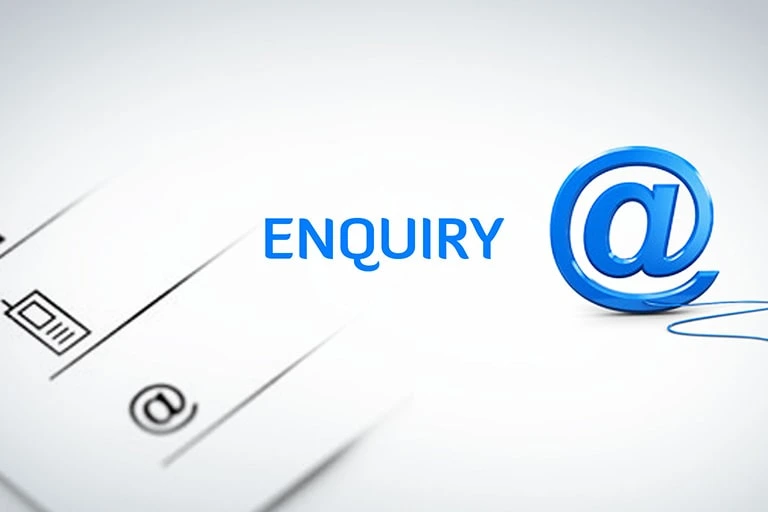1. Speed – not too fast, not too slow
The main idea here is that because English is a second language for you you’ll need to speak it at a slightly different pace than you speak your native language. You’ll just need a bit more time to find a way to express your ideas. If that means you may speak more slowly than seems natural to you, don’t worry as fluency is not the same as speaking quickly. It’s quite possible to be perfectly fluent and still speak at a slowish but steady pace.
Practice idea – record yourself and count the words
One way to work on your speed of speech is to record yourself and practice speaking about different things for the same amount of time. The general idea is that you adopt a good speed of speech that works for you – whatever the topic. Here’s the suggestion:
Speak about a familiar subject – record yourself speaking for 30 seconds and count the words
Speak about an unfamiliar topic – again record yourself speaking for 30 seconds and count the words
Your goal is to get approximately the same number of words each time. Keep on recording yourself until you get there. This may mean slowing down when you speak about things you know about and slightly more quickly about unknown topics.
Note, however, that it is quite natural to speak a little more slowly when you are speaking about a less familiar topic.
Be careful of imitating native speakers too closely
Native speakers can be good models but this is one case where they can upset you – they may well speak more quickly than you can simply because they don’t face your problems. Be prepared to adapt your own pace of speech.
Find your natural pace of speech. Don’t try and speak too quickly and be prepared to speak more slowly sometimes
2. Translation – speak directly in English
“Translation” can be a major problem for anyone who doesn’t live in an English speaking environment. If you aren’t used to speaking English regularly then you may pause much too often as you look for the right word and perhaps think too much about how to say it. This is very bad for fluency.
Try this exercise
This is a great exercise for fluency. You start off just talking about a topic for 1 minute – or even 30 seconds. Then you speak again for a longer period to time – perhaps one and a half minutes. Then try a longer period of time. Each time you’re speaking about the same thing and it should be easier to speak more as you already have the ideas in your head.
3. Vocabulary – Balance Vocabulary and Fluency
This is perhaps the biggest problem for many people – they pause a lot because they can’t find the right word to express their ideas. If you do pause like this then you will lose points for fluency. The difficulty is that if you use “incorrect” words or repeat words too much then you may lose points for vocabulary. The trick is to try and find a balance where you keep speaking (better fluency) and still vary your words (vocabulary).
4. Grammar – make some mistakes!!
This is a similar idea. This time what may happen is that you speak too slowly and pause too much in an effort to find the right grammatical structure. Again you will get penalized for fluency if you pause like this.
Make a mistake and move on
One solution is just to make the mistake and keep on speaking. Why? Firstly, there’s a chance that the examiner doesn’t hear the mistake – I can tell you from experience that a number of mistakes that are easily seen in writing will go unnoticed in speech even by experienced examiners. Secondly, you’re able to make more mistakes in speaking than writing. Some mistakes will be ignored as “slips” when you speak. This is especially the case if you get a piece of grammar wrong once and then right another time.
5. Ideas – don’t try and show off too much
Another reason why fluency may suffer is that you pause a lot to try and find good ideas to show off and impress the examiner. This is just to misunderstand the IELTS process – it’s a test of language and not ideas – all the examiner is listening for is how well you can use the language – not how much you know.
Solution – talk about what you know – don’t try to impress too much
My best suggestion here is just to talk about what you know – you have those ideas in your head already and you shouldn’t need to stop and look for words to express them. If you lie or try and impress with clever ideas then you normally need to stop and think more about what to say. Any benefit in the better vocabulary will probably be lost in worse fluency.
6. Pause – don’t try and speak without stopping
Sometimes fluency goes wrong because people try to speak without stopping or pausing. Typically what happens here is that you speak for a few seconds and then run out of energy and need to stop – perhaps in the wrong place – and you may lose the rhythm of what you were saying. The key idea here is to understand that we can pause when we speak – you just need to pause in the right places and for the right reasons.
7. Link ideas – use simple linkers to structure what you say
This is a similar idea. You keep your speaking simple and learn how to join things together by using the most common linkers. A possible mistake is to try and make a complex argument with more difficult links. Each time you do that you need more time to think about the grammar and the logical connections – that’s bad for fluency.
8. Structure your answer – start off simply then build-up
This is another connected idea. To achieve fluency it can help to structure your answer a little and not try and do everything all at once. If you leap into the answer too quickly you can become confused and have to stop and correct yourself too much – that is bad for fluency as you’ll find yourself pausing a lot for thought.
9. Repetition – don’t be afraid of repeating yourself a bit
If you repeat yourself too much your fluency score will suffer but that doesn’t mean you can’t repeat yourself at all. Indeed when we speak – expertly in our native language – we do repeat ourselves a bit. This is one place where speaking and writing differ. It can certainly help your speaking in English if you learn how to make this work for you.
10. Use fillers – you can say “um” and “er”
One other way you can help your fluency is to fill the silence with the sounds of English. These are the filler sounds of um and er.
You may think that this is “bad English”. In fact, most native speakers use these sounds and you shouldn’t be afraid of imitating them. All you need to do is not make those sounds too much.
11. Answer simple questions simply – build your confidence
This idea is quite different and relates to the rhythm of the IELTS speaking test. The idea is that the test starts off with some quite simple questions (part 1), moves onto a harder task where you need to speak for longer (part 2) and then a more challenging set of questions where you need to think and speak at the same time (part 3).
Here’s my experience. I have done a lot of examining – not IELTS but very similar tests. One thing I notice is that the people who do their best don’t try and do too much too soon. If they get a simple question they’re prepared to give it a simple answer – they save their energy for the trickier questions ahead and build up the complexity of their answers.
Speaking fluently doesn’t mean always giving long answers – if you want to still have the mental energy for the harder questions at the end, give shorter answers at the start











Post Comments